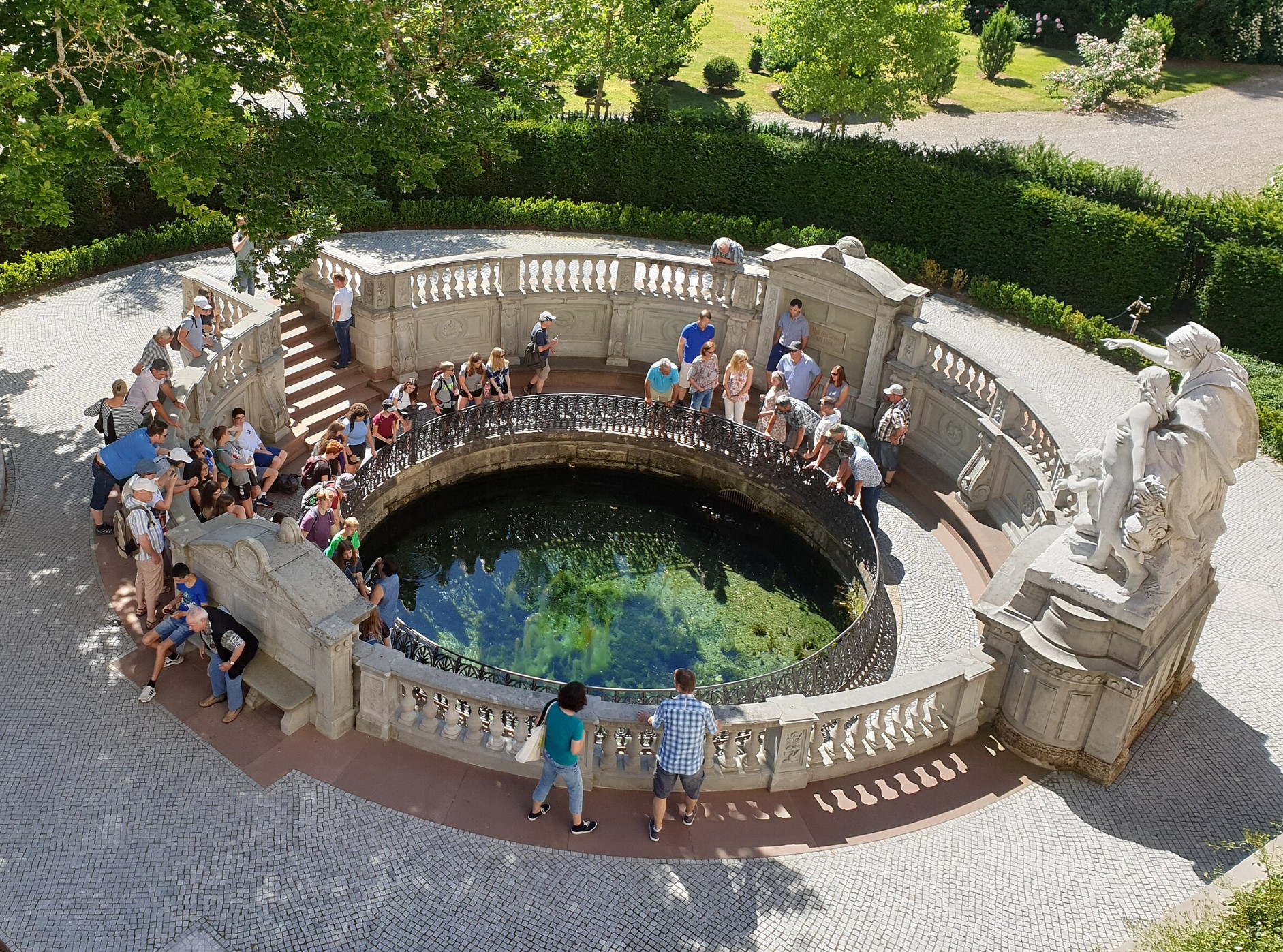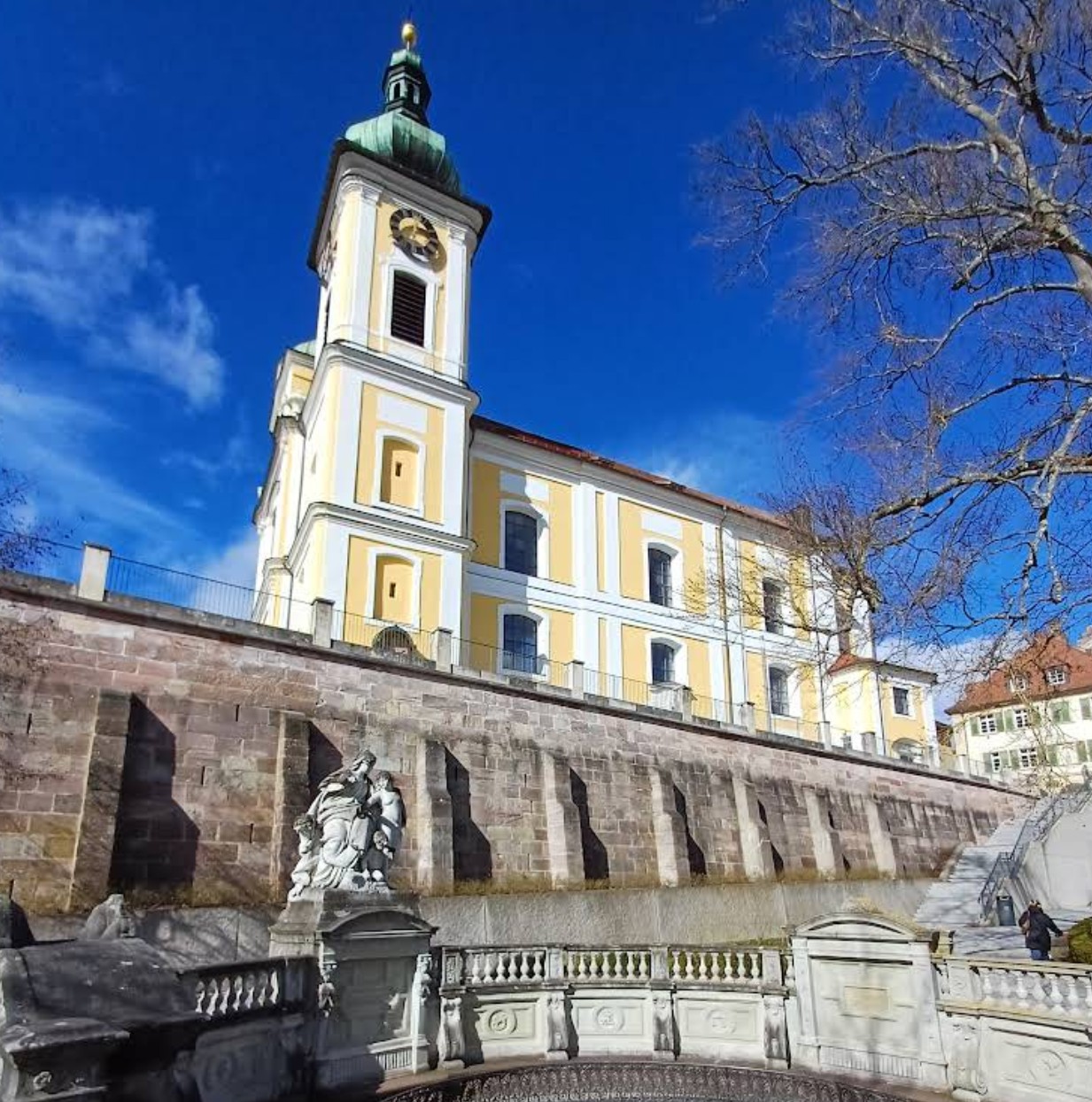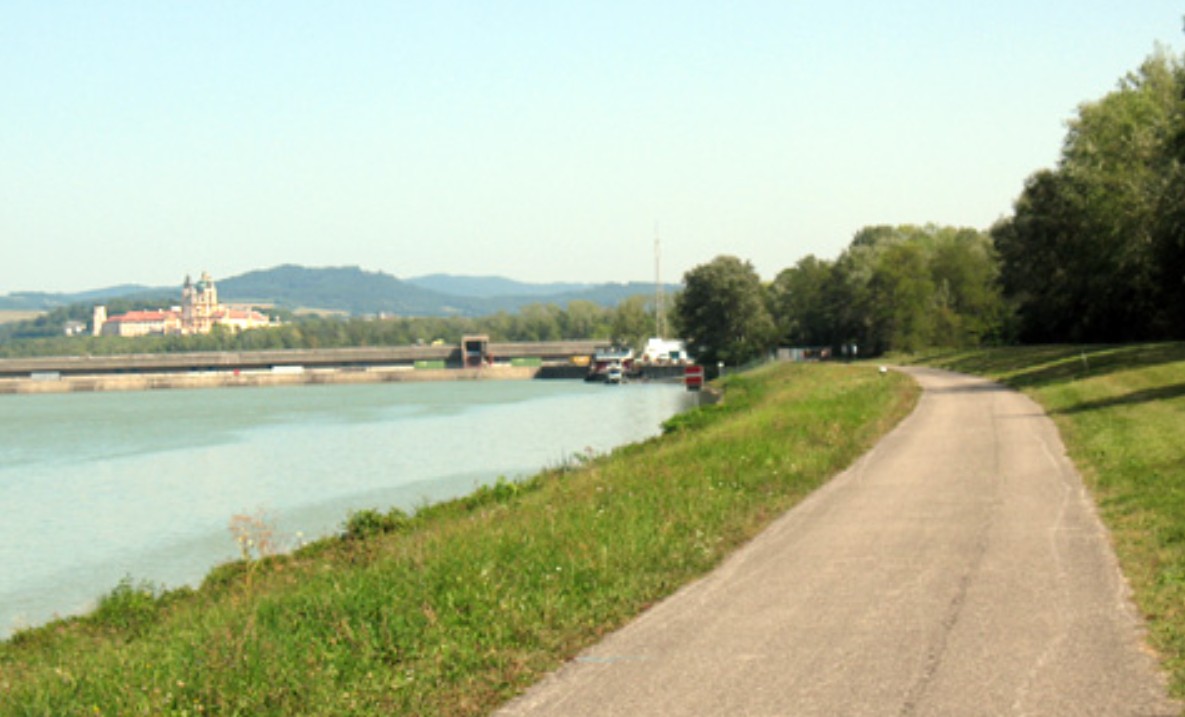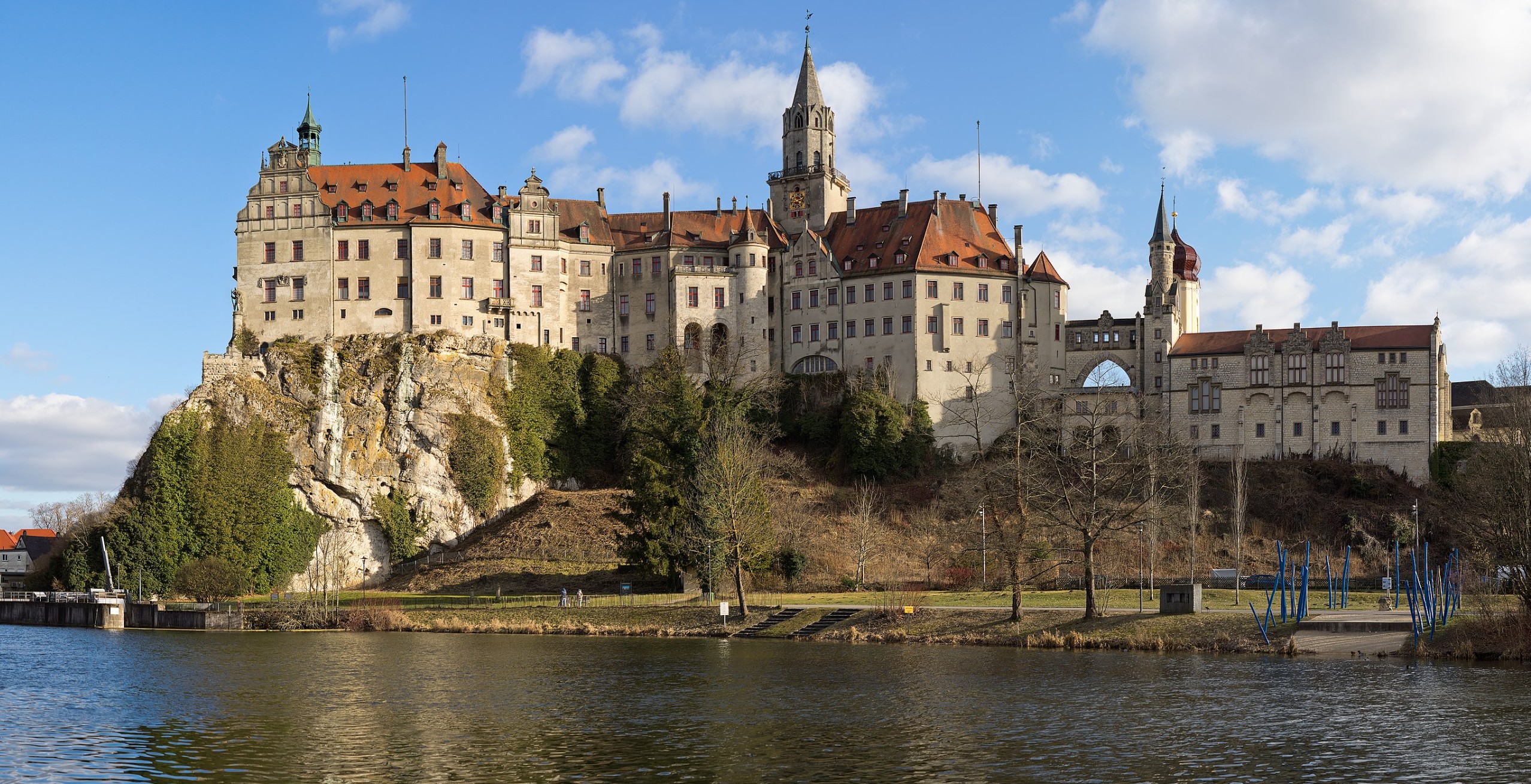It is said that 'Brigach and Breg are the motor for the Danube river'. Contrary, the Romans believed that the spring located at the park of the Furstenberg castle was the source of the Danube river. The castle with its Belle Epoque style is an impressive testimony to the former importance of the Furstenberg family. It houses an interesting natural history collection and noteable modern artwork.
This stage follows along the Danube Cycle Path for the first part. In Immendingen, you can observe a unique natural spectacle - the the Danube Sinkhole. Here, the river disappears into the limestone for the majority of the year. Rather than continuing its path into the Black Sea, part of the Danube flows into the North Sea via the Aachtopf well and the Rhine river. After Tuttlingen, the valley narrows and you will soon reach today's destination, Fridingen.

Today you accompany the Danube through the impressive Danube valley formed over the course of time. Over 100 m high limestone cliffs, on which a castle or ruin can be seen every now and then, line your route. A piece of living history awaits you in Sigmaringen with the Hohenzollern Castle - it is still inhabited by its noble family.
It is said that 'Brigach and Breg are the motor for the Danube river'. Contrary, the Romans believed that the spring located at the park of the Furstenberg castle was the source of the Danube river. The castle with its Belle Epoque style is an impressive testimony to the former importance of the Furstenberg family. It houses an interesting natural history collection and noteable modern artwork.

This stage follows along the Danube Cycle Path for the first part. In Immendingen, you can observe a unique natural spectacle - the the Danube Sinkhole. Here, the river disappears into the limestone for the majority of the year. Rather than continuing its path into the Black Sea, part of the Danube flows into the North Sea via the Aachtopf well and the Rhine river. After Tuttlingen, the valley narrows and you will soon reach today's destination, Fridingen.
Today you accompany the Danube through the impressive Danube valley formed over the course of time. Over 100 m high limestone cliffs, on which a castle or ruin can be seen every now and then, line your route. A piece of living history awaits you in Sigmaringen with the Hohenzollern Castle - it is still inhabited by its noble family.

It is said that 'Brigach and Breg are the motor for the Danube river'. Contrary, the Romans believed that the spring located at the park of the Furstenberg castle was the source of the Danube river. The castle with its Belle Epoque style is an impressive testimony to the former importance of the Furstenberg family. It houses an interesting natural history collection and noteable modern artwork.
This stage follows along the Danube Cycle Path for the first part. In Immendingen, you can observe a unique natural spectacle - the the Danube Sinkhole. Here, the river disappears into the limestone for the majority of the year. Rather than continuing its path into the Black Sea, part of the Danube flows into the North Sea via the Aachtopf well and the Rhine river. After Tuttlingen, the valley narrows and you will soon reach today's destination, Fridingen.

Today you accompany the Danube through the impressive Danube valley formed over the course of time. Over 100 m high limestone cliffs, on which a castle or ruin can be seen every now and then, line your route. A piece of living history awaits you in Sigmaringen with the Hohenzollern Castle - it is still inhabited by its noble family.









